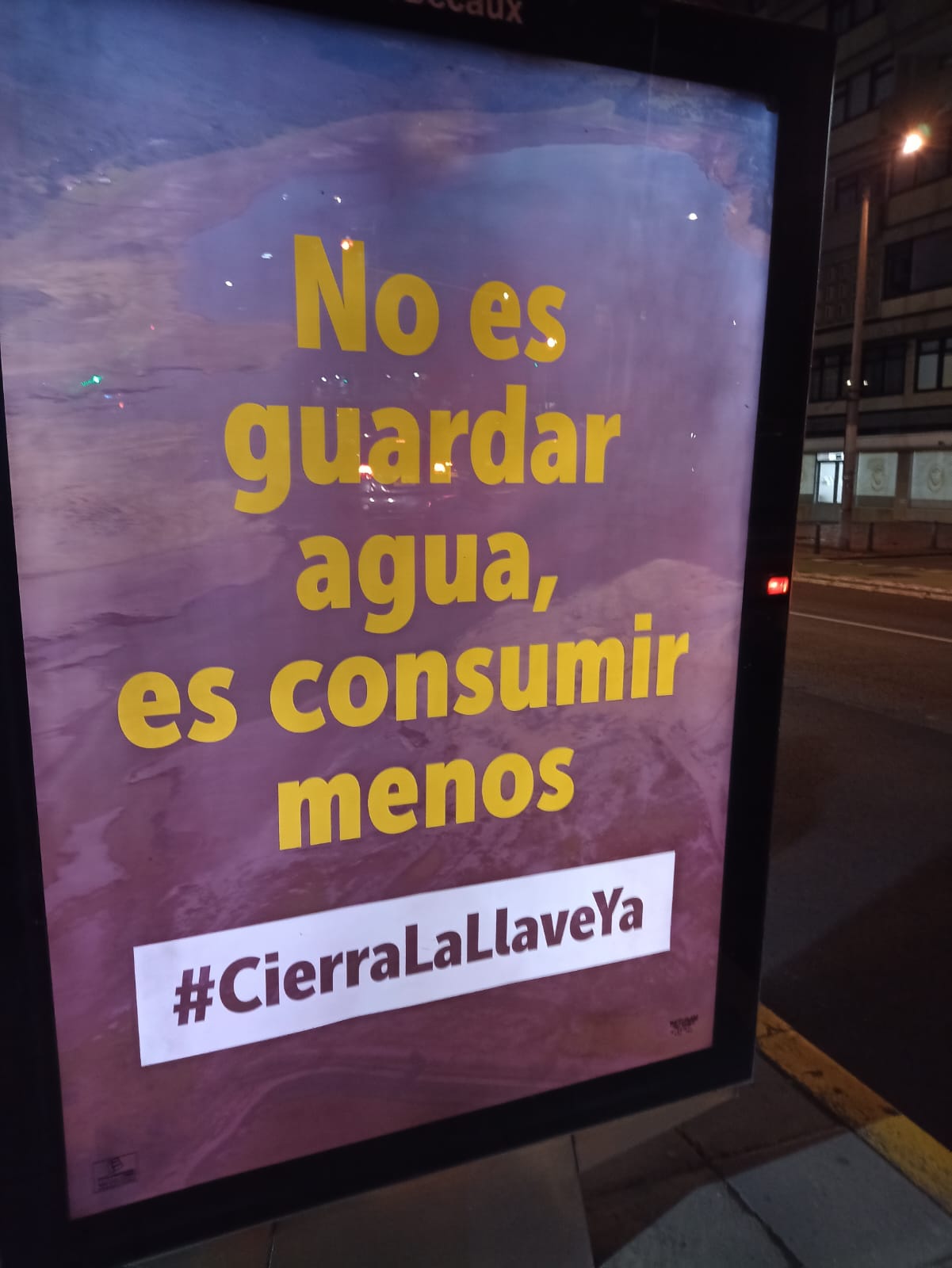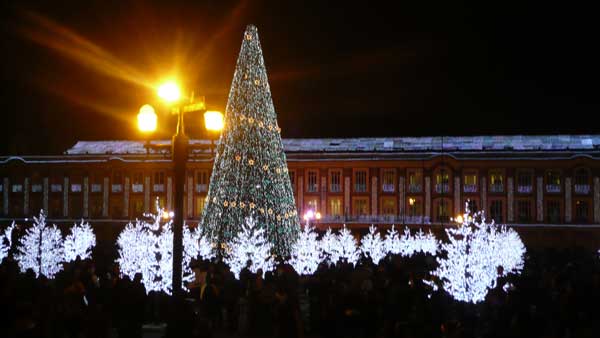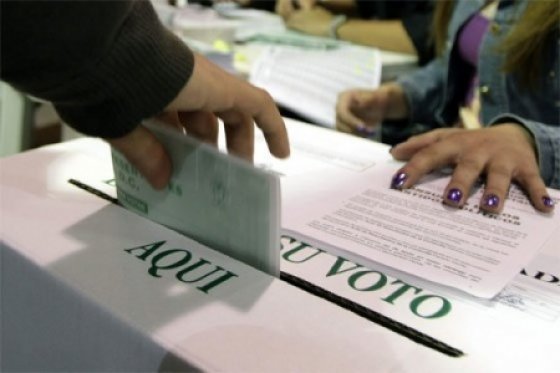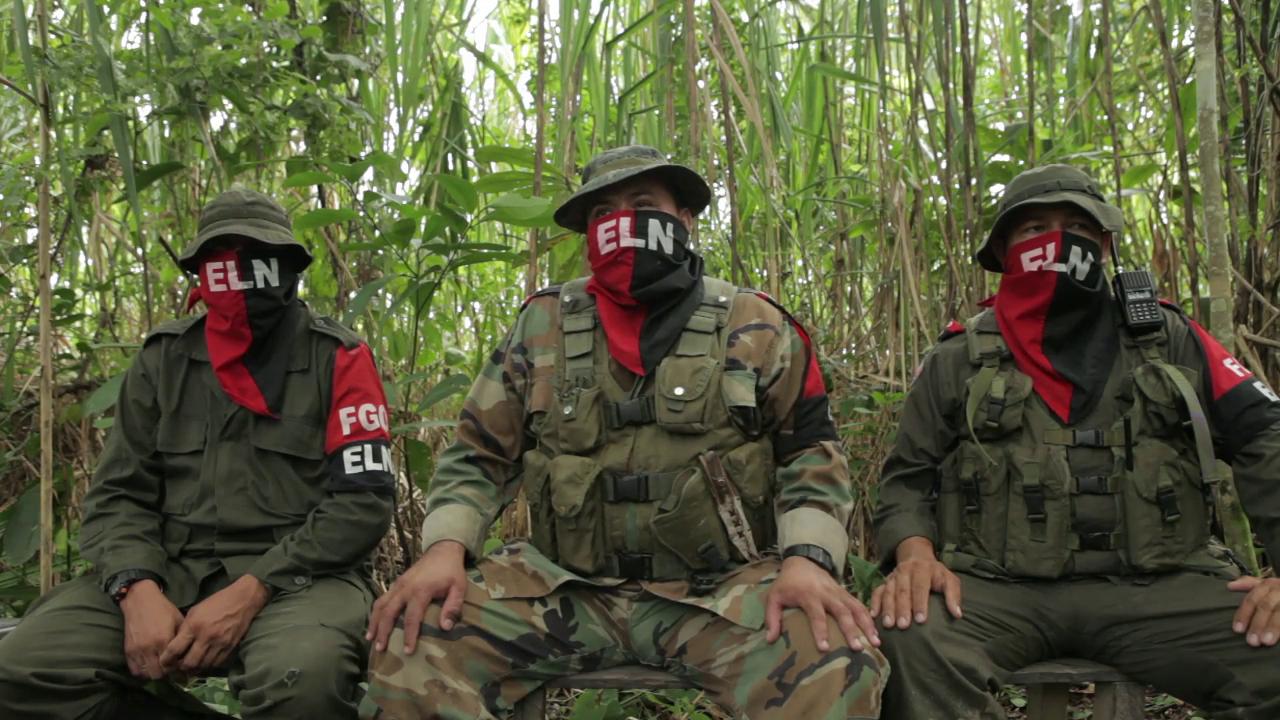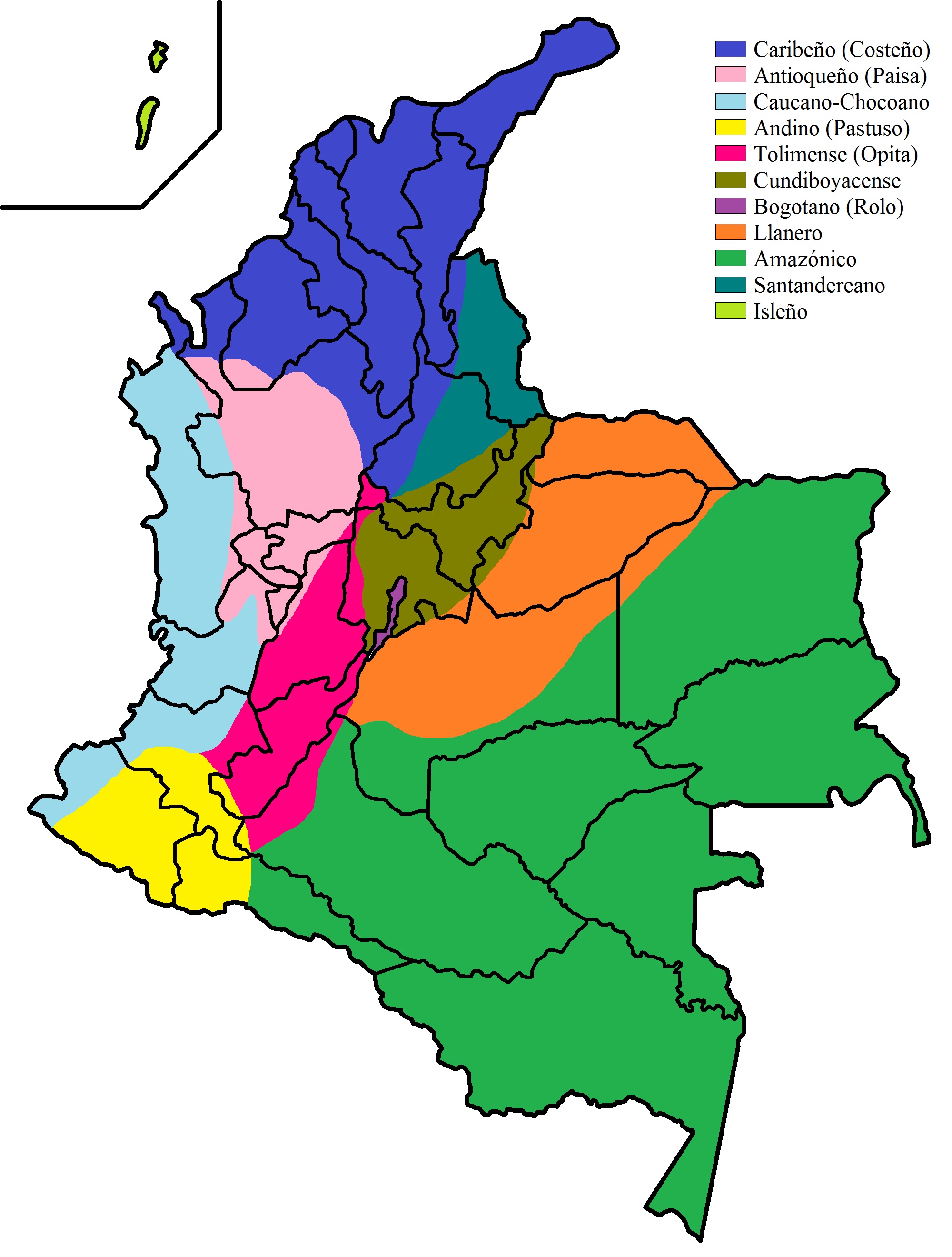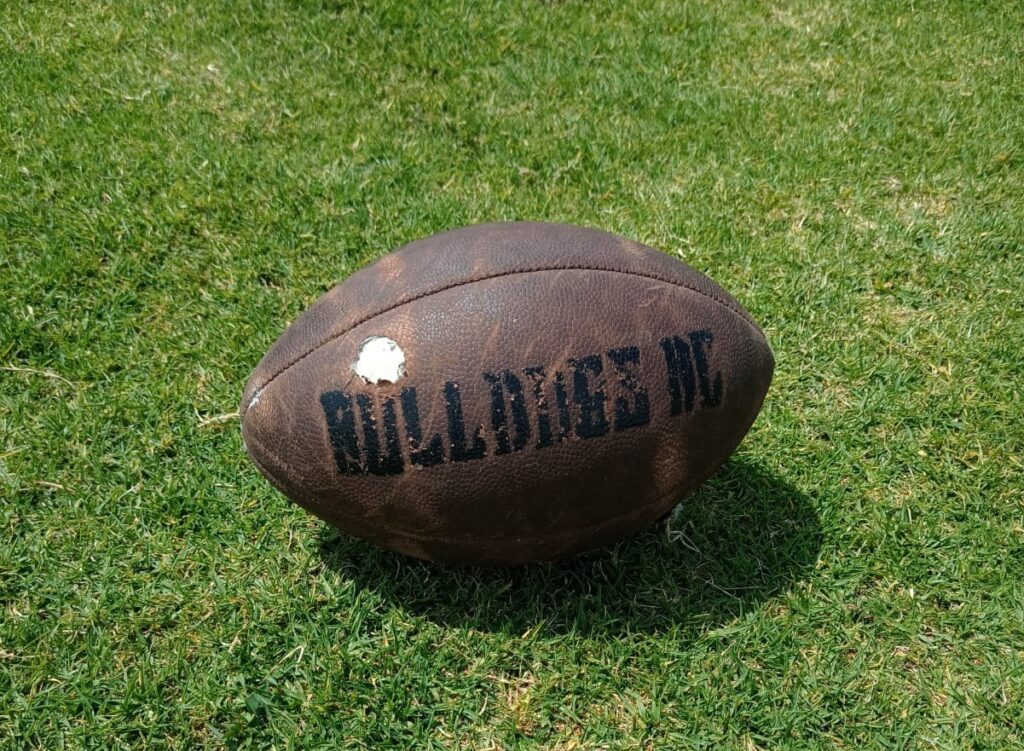
Football that you play with your feet and a ball reigns supreme in Colombia, but there’s also plenty of support for the types of football that you play with your hands and an egg. We’ve covered Aussie Rules football and Rugby Union before, but with the Superb Owl between Kansas City Chiefs and San Francisco 49ers coming up on Sunday, it’s time to look at America’s favourite sport in Colombia’s capital.
The Superbowl in Bogotá will be shown at pretty much any bar with a TV not showing fútbol, although you may have to ask the staff to put it on. Particularly reliable spots for those wanting a whooping North American audience include the Meeting House on Séptima, Los Irish in the T, Usaquén and Candelaria and BBCs in, well, anywhere in the city. Watching is easy, but playing is certainly possible, with a wealth of clubs throughout la nevera.
The full game with pads and helmets is an expensive sport, requiring a lot of kit and dedicated spaces, which creates a strong barrier to entry. On top of that, it’s a high-impact and potentially dangerous game, with lawsuits around head injuries and concussion starting to gain traction Stateside. To deal with these issues, there’s a lighter version of the game known as Flag Football, which is thriving in Colombia.
American Football in Bogotá
Flag football is five-a-side, with players frequently playing on both sides of the ball. Instead of full tackles and blocks, players have ribbons attached to them – if an opponent pulls it off, that stops the play. In the Parque Simón Bolívar, we caught up with local Flag Football team Bulldogs DC for a training session and spoke to team leader Javier Zuleta.
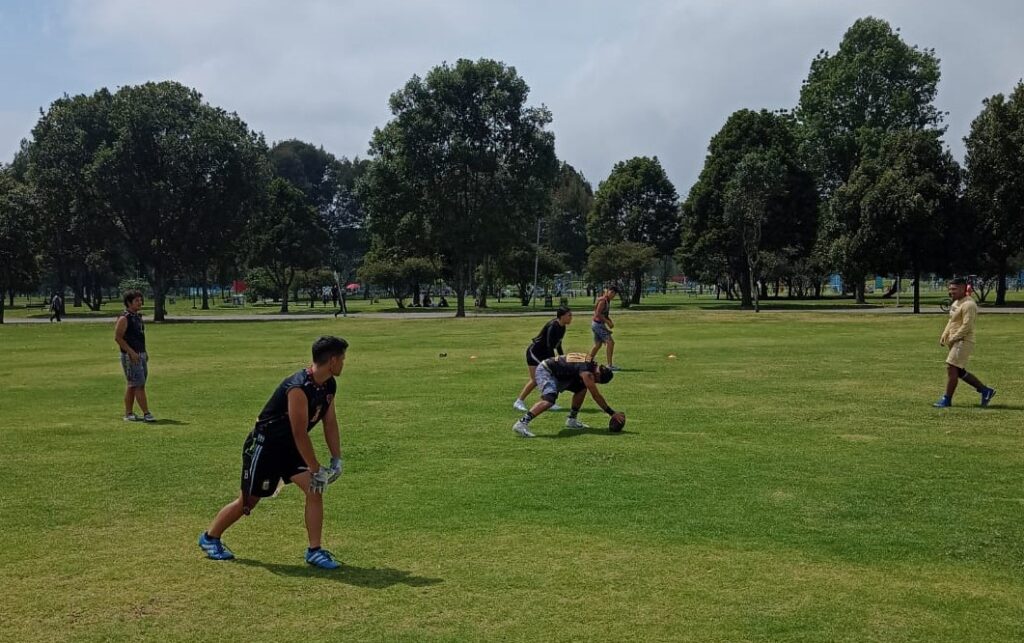
He’s been with them for three years, having previously played full tackle football for another 12 years. Javier is a coach with the national tackle team and both a player (center) and coach with Bulldogs DC. He says that Flag is easier to get into: “You don’t have to buy the helmet or the shoulderpads, just the flags and maybe a pair of cleats, but you can play with soccer boots.”
It’s also much less dangerous, as Javier explains: “The idea of flag is that you can have contact but not impact, especially no forceful impact. For example, if you’re trying to catch the ball, there will be some contact, but it’s not allowed by the rules to hit anyone.” But of course, that doesn’t mean it’s easy, as it makes clear: “You have to be in top shape because flag is fast. You need to be agile and quick.”
They’re open to anyone turning up. Javier says “Our ages range from 16 and 17 year olds to people in their late thirties. I’m the oldest I think, at 38, but I feel like an 18 year old!” He’s certainly in tip top shape and able to play anywhere: “The offence has to be very flexible in this sport, everyone has to do everything. It’s not common to run, you just pass, pass, pass.”
Opportunities for all
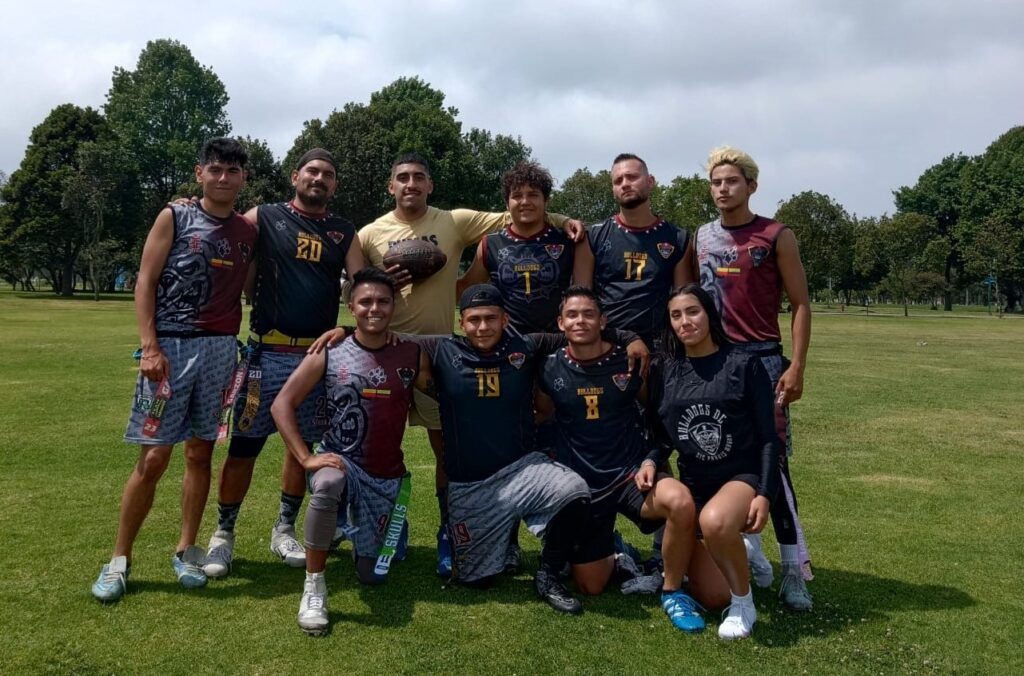
Neither is gender a barrier, with a few women joining the practice. Some play for other teams and just practise with the team as Javier says “Bulldogs doesn’t have a female team [yet], but we have open doors. If women want to come down and practise with us, they’re welcome. That’s the advantage of flag. There are also some teams that are co-ed.”
There are plenty of clubs around: “Making a quick count, around eight or ten that are all male, maybe five or six all-female. In the surrounding area, around 15 all-male teams.” I ask if there are many Americans playing, “No, not so much,” says Javier, “Actually, we do have a lot of Mexicans or people who have lived in Mexico because they know the sport.”
If you’re interested in throwing the pigskin about, he recommends looking for a local team: “People can find our team on Instagram, on Facebook as well, but my advice as a player is that I don’t care if you live in the north or south, whatever, just turn up to any team close to you.” He’s certainly not partisan, pointing to a nearby outfit: “Pumas train at the PRD and are one of the few teams that has peewee football, U8, U17 and both male and female adult teams. That’s all for flag and they also have the tackle [full game] team.”
There aren’t many tackle teams in Bogotá, says Javier: “The strongest team right now is Pumas, who have been around for 15 years. There’s also Carneros, who joined forces with Spartans recently. There are a few smaller teams, but they don’t compete as they don’t have enough people. They train maybe once a week and have to double up [playing both sides of ball].”
While Flag Football is largely about speed and agility, the full game requires very different body shapes, especially on the scrimmage lines. Javier acknowledges the problem, noting that “For the tackle teams, that’s the difficult part – recruiting linemen. We need not only big people, but they have to be athletic and tall as well and prepare properly.”
The local government helps too: “Last year we had a lot of support from IDRD who assigned a lot of free parks for us. They organise tournaments and lend us spaces. It’s a lot of help, not just for the teams but for the whole community. People see us training who have never heard of the sport and they say, ‘Hey, this is new, what is this?’ That curiosity keeps them coming to us and it helps a lot.”
A nationwide game
It’s not just Bogotá that loves gridiron, says Javier: “Medellín is actually very strong right now with a football culture. We have a couple of teams in Cali, four or five in Boyacá. There used to be a couple in Barranquilla, not any more. A couple of teams are being born in Pasto, Manizales has one, there’s a tackle team in Yopal.”
There are limited options to play, of course, with so few teams. “We should play more often,” confesses Javier. “However we have the national tournament every year organised by FECOFA [Federación Colombiana de Fútbol Americano]. From this year it will be in April to avoid conflicts with the scheduling of the tackle tournament and there are players who play in both.”
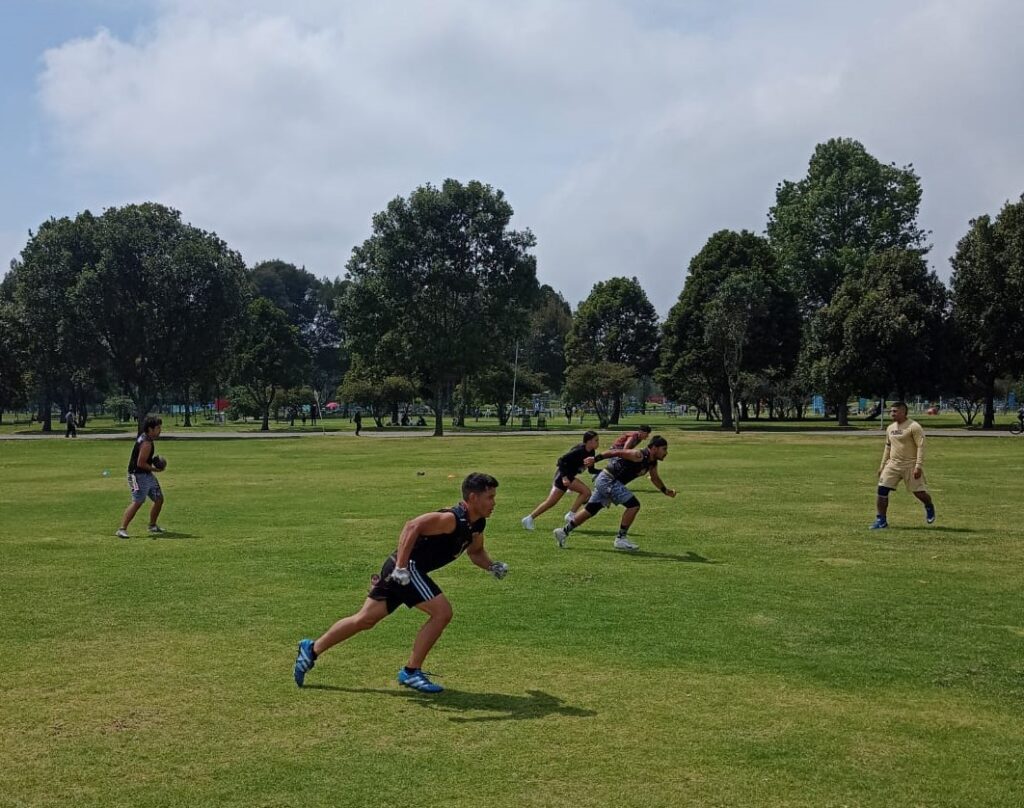
The tackle tournament runs in the second semester of the year, roughly in line with the kick off of the NFL season. Javier makes it clear that, “The flag tournaments, especially the national flag tournament, have a lot more teams. Because it’s nationwide, we can have maybe 20-22 teams, but tackle tournaments have maybe five or six in the whole country.” The country’s size makes it difficult to organise, so there has to be some creativity.
As Javier explains, “We started a system called válida – kind of a meeting which we rotate between cities. For example, the first date is in Bogotá. Every single team in the country comes here. We play four or six games in a single weekend, and we try to make it a long [festivo] weekend. Then a month later, everyone goes to Medellín and plays there. Last year the third day was in Cali, two years ago in Zipaquirá.”
The international game
As a coach for the national men’s tackle team, Javier’s had success: “December last year we had the SudAmericano tournament in Brasilia, but that’s kind of a stretch honestly, there were only three teams. We defeated Chile and lost to Brazil, who are a powerhouse. In 2022, the national female flag team also went to a SudAmericano, playing Argentina, Chile and Brazil and they came in second. Brazil won that one too.”
There is no national men’s flag team yet, but plans are in motion to have one by year end. “Right now,” says Javier, “we also have a project called Team Bogotá, male and female teams. We are aiming to be a part of an international tournament in Spain at the end of November. We have already selected the 15 active players and we are training hard.”
Other games take place on a more ad hoc basis, Javier tells me: “We have a flag team here, Condors, who are very strong, they’re going to play Panamá 3rd-4th March, that’s an international contest.” With the interview winding up, I ask who Javier tips for the national champs. “I’m gonna say my team, Bulldogs,” he replies with confidence. “We were national champions in 2022. The reigning champions are a team from Medellín called Volts. We have to take the title back.”
And for the big game on Sunday? “I’m hoping San Francisco, but it’s very hard to bet against Mahomes. I can’t like the Chiefs as I’m a Broncos fan. I started watching when they won back-to-back Super Bowls with Elway.” As nominally a Kansas City fan (from the nineties), this is the first time in our chat that I can’t agree with Javier. Let’s see who comes out on top!
Bulldogs DC practise most Saturdays from 12md-2pm behind the Plazoleta de Bolívar in the Parque Simón Bolívar. Pumas practise nearby at the PRD further up on Carrera 60 if you’re interested in the full game. Get in touch via instagram to get involved. The Superbowl will be widely screened in Bogotá, Sunday 11th February at 6.30pm Colombian time.

